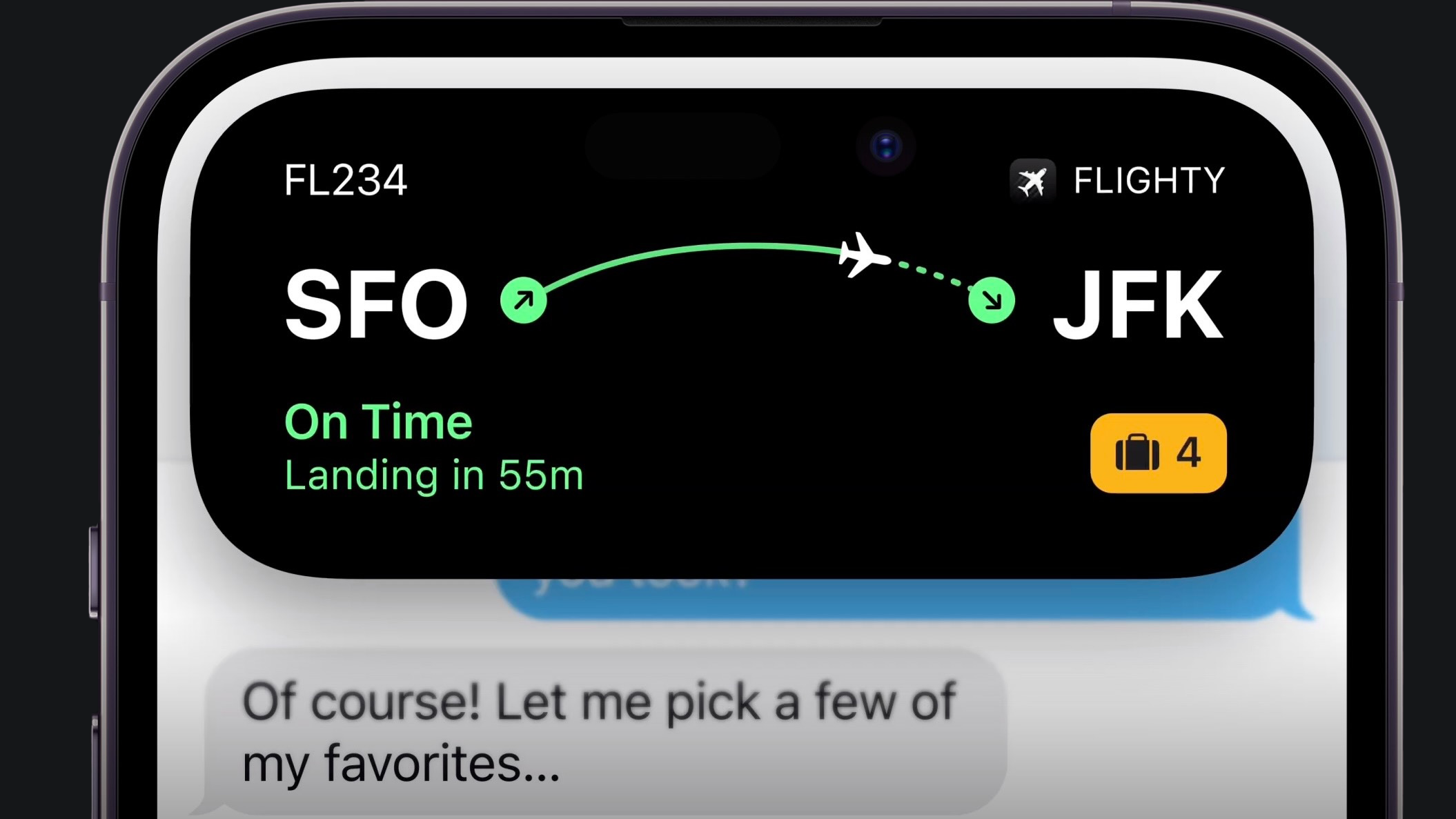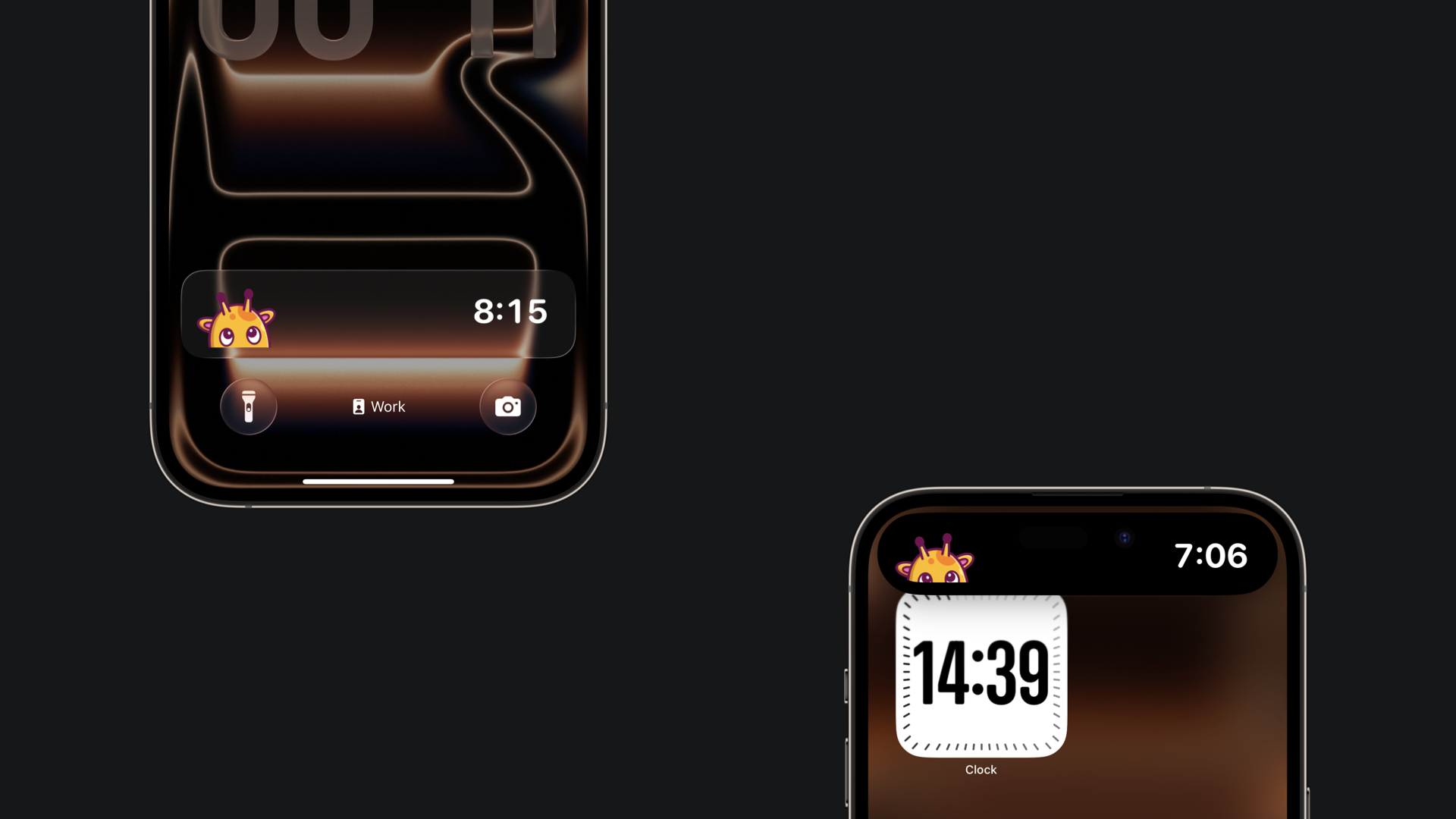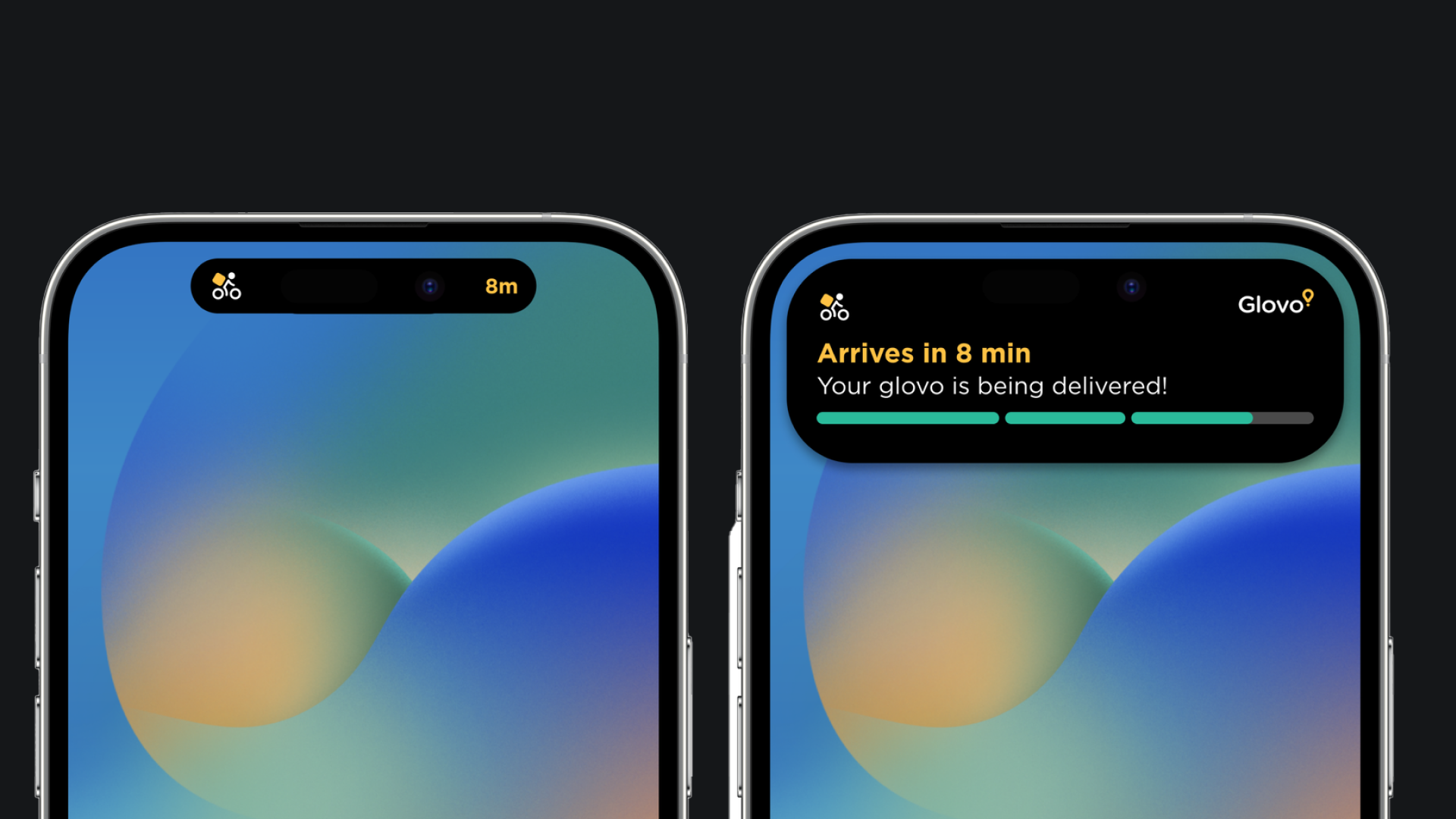
Understanding Live Activities: visual micro-storytelling
Learn best practices on designing live activities within your app experience.
Users now receive updates at a glance on the Lock Screen, in the Dynamic Island, with StandBy, and on the Apple Watch Smart Stack. This shift is powered by Live Activities, introduced with iOS 16, and represents a revolution in how apps communicate with users.
Live Activities are not simply a new type of notification, but a reinvention of the app communication paradigm: from static alerts to dynamic micro-interfaces that enrich the overall experience of everyday interaction. The main question is: "What problem are they solving?"
The issue that they address is fundamental: they transform the UX in and out of your app, making it as smooth and straightforward as possible. They remove the compulsive and time-consuming checking into a more natural and easy gesture, much like checking the time on a clock.
Why do we need Live Activities?
Live Activities are useful where there's an active time-sensitive window during which users need to be updated quickly and easily. When choosing if a Live Activity is required in your app or not, ask yourself:
"Does the user just need to be notified once, or does the status of this task evolve in a way that requires continuous attention?"
Live Activities are helpful when these conditions are met.
- The task has a defined duration: there is a clear beginning and end
- The status of the activity changes dynamically: the task's state changes during this period of time.
- Updates are critical: any major change should be clearly communicated, and users should be informed of any immediate changes or updates regarding the task.
In short, if the task ends immediately or doesn’t affect the user’s decisions, a Live Activity might not be the best option.
Macro-Categories of Live Activities
Most Live Activities fall into four common categories. Each represents a type of task or process that benefits from real-time tracking. A useful test to determine whether designing a Live activity is necessary is to see if your product fits into one of the most common categories:
Tracking
Tracking tasks involve moving objects or people whose location changes over time. The value here is obvious: the user doesn’t need to open the app repeatedly; they can follow progress naturally. For developers, it’s important to keep the map or progress information clear, concise, and easy to interpret at a glance.
Characteristics:
- An object or a person is in motion
- Location is changing over time
In this category, you can find delivery apps, ride or car sharing, fitness tracking apps, or even public transport.

Timer
Timers are tasks with a defined duration, where countdowns or count-ups matter, and quick controls are often necessary. Live Activities are useful because they let users act on time-sensitive tasks without being pulled into the app.
Characteristics:
- Defined timeframe
- Countdown or count-up
- Quick controls (pause, stop)
This category can be vast: any situation where an action must be performed in a specific timeframe can benefit from a check system, such as cooking, productivity, parking, or any smart device performing a task.

Phases
Some tasks progress beyond temporal constraints, some experiences unfold in distinct stages or phases, each with its own meaning.
Characteristics:
- An action can be defined into phases
- Each phase has a distinctive meaning
- Linear progression but not necessarily temporal
Phases help users understand where they are in a process without opening the app. This category can overlap with the previous ones and often becomes a design pattern. A clear example is e-commerce, where the Live Activity does not need to be permanently on the screen, but its displayed time can vary depending on the relevance of each phase.

Updates
Updates are tasks where information changes rapidly, and users benefit from being notified immediately.
Characteristics:
- Live events are changing rapidly
- The benefit of being updated in real-time
- High engagement
A great use case of Live activities can be seen in the sports app, where results update automatically, and with animation, thoughtful feedback can effectively convey the emotion of a scored point.

When you don't need a Live Activity
Static activities are shown
For instance, a weather app showing the temperature does not require constant updates, since small variations have a limited impact.
How to improve? In this case, a notification for a weather alert or a widget about the current state is more than enough.
Marketing disguised as utility
Shopping apps can misinterpret Live Activity as a notification, using it to do some more marketing around fast-selling products, taking advantage of it to put commercial pressure on the user.
How to improve? A shopping app can benefit from tracking Live Activity regarding orders in progress.
Non-actionable information
As said before, Notifications and Live Activities are two very different things. If your app is updating the user about something that doesn't immediately change their behavior, but is just an update, a notification is the best fit. An example is the number of likes received on a post.
Design Best Practices
Understanding the what and when of Live Activities is just the beginning. The how, the visual and interaction design, determines whether your implementation feels seamless or intrusive. Here are the core principles that can guide the design process:
- Visual hierarchy: the smaller the canvas, the clearer the priorities must be.
- Brand continuity without clutter: the Live Activity should remind your app, but shouldn't be a replica of the interface
- Contextual visuals: Every animation or transition should convey meaning about the state change.
- Progressive disclosure across context: Each context reveals different levels of detail, dynamically adapting to the context.
- Respectful Persistence: They should enhance workflow, never interrupt it.
Live Activities work best when they address genuine user friction rather than merely extending the app's presence. A well-designed Live Activity makes interacting with the device feel more intuitive and seamless.
Check this WWDC session to dive deeper into technical design principles:



